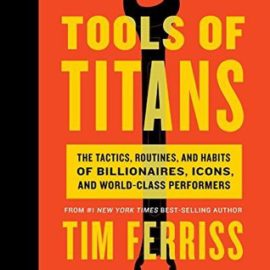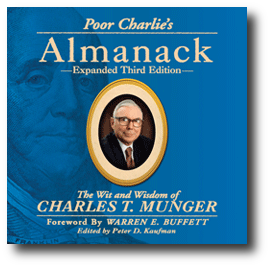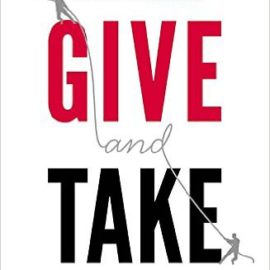Want to learn the ideas in The Tao of Pooh better than ever? Read the world’s #1 book summary of The Tao of Pooh by Benjamin Hoff here.
Read a brief 1-Page Summary or watch video summaries curated by our expert team. Note: this book guide is not affiliated with or endorsed by the publisher or author, and we always encourage you to purchase and read the full book.
Video Summaries of The Tao of Pooh
We’ve scoured the Internet for the very best videos on The Tao of Pooh, from high-quality videos summaries to interviews or commentary by Benjamin Hoff.
1-Page Summary of The Tao of Pooh
Overall Summary
The Tao of Pooh is a book that explains the principles of Taoism. The writer uses Winnie-the-Pooh and other characters from A.A. Milne’s well-known children books to exemplify those principles, such as contentment. The literal meaning for “Tao” is “the way,” which leads to contentment like Pooh has in the book.
The book is filled with Taoist concepts, such as the Empty Mind and Wu Wei. It also includes stories from Winnie-the-Pooh to illustrate these principles.
The author’s purpose in writing this book is to teach readers how to stay happy and calm under all circumstances. He warns the reader that if he or she tries too hard, they will miss the point of Taoism. The examples in each chapter help guide readers toward a better understanding of what Taoism is really about.
The author believes that intuition is the best approach to life. It’s a natural way of living and shouldn’t be discouraged. Those who are aggressive, on the other hand, often find themselves unhappy in their careers and relationships.
Throughout the work, Pooh’s simple approach to life helps him succeed. His friends who are more complicated also benefit from his calm nature. The author uses Piglet, Owl, Eeyore, Rabbit and Christopher to show that qualities such as knowledge and industry can stand in the way of contentment.
Hoff repeatedly says that people who try too hard will become frustrated and confused. It’s clear from his examples that he knows what he’s talking about. He uses the character of Pooh to explain his ideas, which makes them easier to understand.
Chapter 1: “The How of Pooh?”
In the first chapter, Hoff tells a story about three Chinese vinegar tasters. They represent Confucius, Buddha and Lao-tse, who was the author of Tao Te Ching. The first man is sour on his experience with the vinegar because he represents Confucius. He’s bitter because he represents Buddhism. However, the third man is smiling because he represents Taoism and its philosophy of balance in life.
Confucius was a man who was unhappy with the present and believed that the past was better. He advocated ancestor worship, which also shows up in his emphasis on ritual. Confucius viewed earthly government as separate from heavenly government, and he thought that it would be best if the emperor acted as a mediator between them. In contrast, Buddha saw earthly desires as obstacles to Nirvana.
Lao-Tzu believes that humans brought about their own misery. This is because of discord with universal laws, which are present in everything. We should acknowledge the nature of things and live in harmony with them. The author summarizes Lao-Tzu’s philosophy by explaining how this discord occurs: “Whether heavy or light, wet or dry, fast or slow, everything had its own nature already within it, which could not be violated without causing difficulties”.
An imaginary conversation between Hoff and Pooh interrupts the explanation, after which Hoff continues to discuss Taoism. The reason Lao-tse smiles in the painting, according to Hoff, is because life itself is sweet if you just understand it correctly. This is interpreted by Taoists as sourness and bitterness coming from an interfering mind.
Chapter 2: “The Tao of Who?”
In the second chapter, Hoff explains to Pooh that he’s not really a Taoist. He just thinks he is because his name sounds like “Pooh Tao-tse.”
Additionally, the poet is not named Li Pooh. He’s actually named Li Po. This fact upsets Pooh a bit, but Hoff assures him that one of Taoism’s most important principles is called Uncarved Block.
The Uncarved Block is a Taoist concept that “things in their original simplicity contain their own natural power.” They also spoil and lose that power when they’re changed. Pooh Bear from Winnie the Pooh epitomizes this concept.






